Effects Mode and the Effects Editor
The Effects Mode Page
9-1
Chapter 9
Effects Mode and the Effects Editor
The K2500’s global effects processor operates much like an outboard MIDI effects box. You can
route your sounds through the processor or bypass it, and you can edit its preset effects from
the K2500’s front panel. It responds to MIDI programming commands, and you can program
control sources to get realtime control over the Wet/Dry mix and two parameters that vary
from preset to preset (this is done on the EFFECT page in the Program Editor). You can store ten
preset effects in each memory bank (except the Zeros bank, which holds 37). See “Storing
Objects in Memory Banks” in the
Reference Guide
for a breakdown of the preset effects ID that
belong in each memory bank.
Note: the K2500’s effects processor is mono, not stereo, so keep in mind that if you pan any
layers, only the dry portion of the sound (the part without effects) will be panned; the wet
portion will remain unchanged. The wet portion will come out both the left and right sides of
the Mix outs evenly, or will come out of the left side only, depending on the setting of the
OUtA->FX parameter on the Master page.
The Effects Mode Page
Every K2500 program and setup can be assigned a different preset effect. There are 47 factory
preset effects stored in ROM. You can use the Effects Editor to create your own effects, selecting
from 27 configurations of effects types—like chorus, flange, delay, etc. Preset effects are applied
to the MIX outputs (and to the headphone jack) when the currently selected program (or the
program on the FX Channel) is routed to Output Group A.
There are three purposes for Effects mode. The primary purpose is to define the behavior of the
global effects processor, instructing the K2500 how to select preset effects when you select
programs or setups. The other two purposes are explained below. Press the Effects mode
button to enter Effects mode. You’ll see the Effects mode entry level page, as shown below. The
top line of the page, as usual, reminds you of your current location, and indicates the amount of
transposition and the current MIDI channel.
EffectsMode||||Xpose:0ST|||<>Channel:1||
||||||||||||||||||||||||||||||||||||||||
Effect|:
1|Sweet|Hall|2||||||||||||||||||
Wet/Dry:50%|Wet|||||||||||||||||||||||||
FX|Mode:Auto||||||||||||||||||||||||||||
FX|Chan:Current|||||||||||||||||||||||||
Dither|:Medium||||||||||||||||||||||||||
Octav-|
Octav+|
Panic|||||||||
Chan-||
Chan+
The Soft Buttons on the Effects mode Page
The
Octav-
and
Octav+
soft buttons let you change the MIDI transposition in increments of one
octave. The
Panic
soft button sends All Notes Off and All Controllers Off to the K2500 and on
all 16 MIDI channels. The
Chan-
and
Chan+
soft buttons change the current MIDI channel.
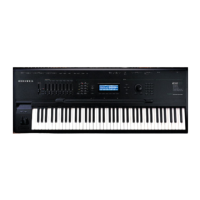
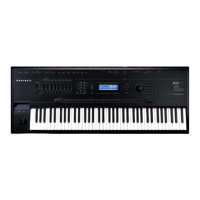
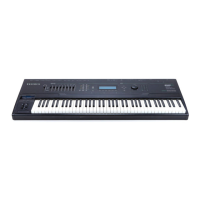
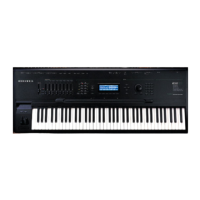
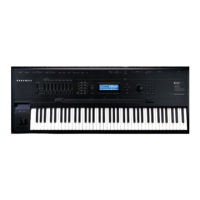
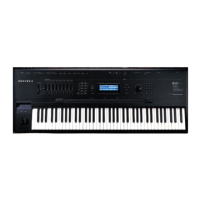
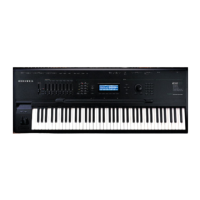
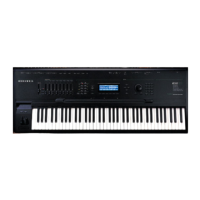
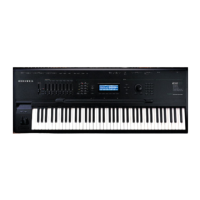
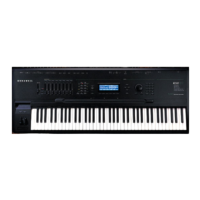
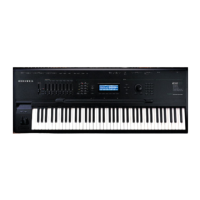
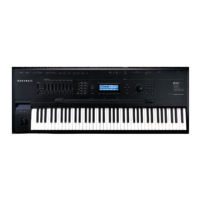
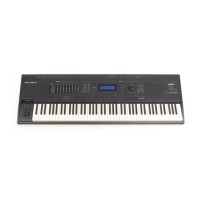
